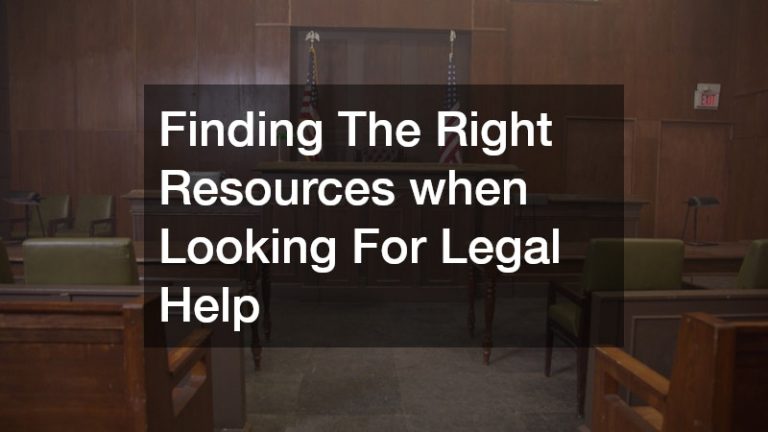• Establish regular communication with stakeholders to stay informed and gain insight into what the community needs from your organization.
• Collect feedback from the target audience using surveys with visual or audio clips to make it interactive.
• Set up a hotline with trained staff, headphones, a voicemail system, and call recording software to ensure direct communication with the community.
• Actively seek out underserved populations through public meetings, partnerships, and outreach events.
As a non-profit organization, it’s crucial to stay in tune with the needs of your community. This is especially true when resources are limited, and decisions must be made on how best to serve those in need. Listening to community concerns is the best way to ensure that all voices are heard, and that necessary changes are implemented as soon as possible. Here are some effective strategies for engaging with your community.
Engage with Stakeholders
Stakeholders include local government members, funders, supporters, and other organizations with a vested interest in your non-profit. Maintaining regular communication with stakeholders helps keep everyone informed, which can prevent any delays or miscommunications.
Additionally, stakeholders may be able to provide insight into what the community needs and wants from your organization. For instance, they may suggest ways to better utilize resources or make more efficient use of services.
Moreover, stakeholders can help amplify your message by communicating it to their own audiences, which increases visibility and engagement. This way, your initiative can reach a wider audience, which helps build strong relationships with the community.

Gather Feedback Through Surveys
Surveys are one of the most effective ways to get feedback from your target audience about their experience with your organization—whether they’re satisfied or unsatisfied with services, what could be done better, and so forth.
Surveys also allow you to collect data in an efficient manner. Rather than having long conversations with individuals or small groups of people, surveys enable you to gather information from dozens or even hundreds of people quickly and easily.
To make sure that your survey is effective and successful, ensure that it’s clear, concise, and easy to understand. You should also strive to make the survey as interactive as possible by including visuals or audio clips.
Set Up A Hotline
In order to ensure that members of the community feel comfortable providing feedback, it’s vital for them to have a direct line of communication with your organization. Setting up a hotline gives people an easy way to contact you and provide their feedback or report issues. Here are some things you’d need:
Trained Staff
Probably the most important thing to make sure of is that you have trained staff available to answer calls and address any reports or concerns from the community. They should also be prepared to provide resources or referrals if needed. Establish clear guidelines on what kind of feedback should be addressed and how it should be addressed. This will help ensure that all calls are handled consistently and professionally.
Headphones
There are many benefits of headphones, but for hotlines, the primary benefit is that it allows for hands-free conversations. This gives volunteers on the other end an easy way to take notes and record information during calls. It can also be helpful in situations where multitasking is necessary.
A Voicemail System
A voicemail system allows callers to leave messages when someone on the other end isn’t available. This way, their concerns or feedback won’t go unheard, and they will receive a response as soon as possible.
Call Recording Software
Call recording software lets you track all incoming and outgoing calls. This helps you better understand what information people are looking for or any issues they might be having. It also allows you to review calls later and develop strategies for how to best address them.

Seek Out Underserved Populations
Sometimes it’s not enough just to ask for feedback—you have to actively seek out underserved populations who may not feel comfortable speaking up or engaging directly with your non-profit organization.
This can involve attending public meetings in low-income areas, partnering up with local organizations that work closely with underserved individuals, and holding outreach events in target communities. This way, these communities know they have an active voice within your organization.
If possible, you should also consider implementing a translation service so that members of the community can provide feedback in their native language. This will help ensure that their input is heard and considered.
Listening is an essential part of any successful non-profit venture because it allows you to understand how best you can serve the needs of your community while maximizing resources efficiently. Whether it’s engaging stakeholders regularly or seeking out underserved populations through outreach efforts—these strategies will help ensure that all voices are heard and taken into consideration when creating new initiatives or programs for your non-profit organization. You don’t have to reinvent the wheel; listening is always a great place to start.







